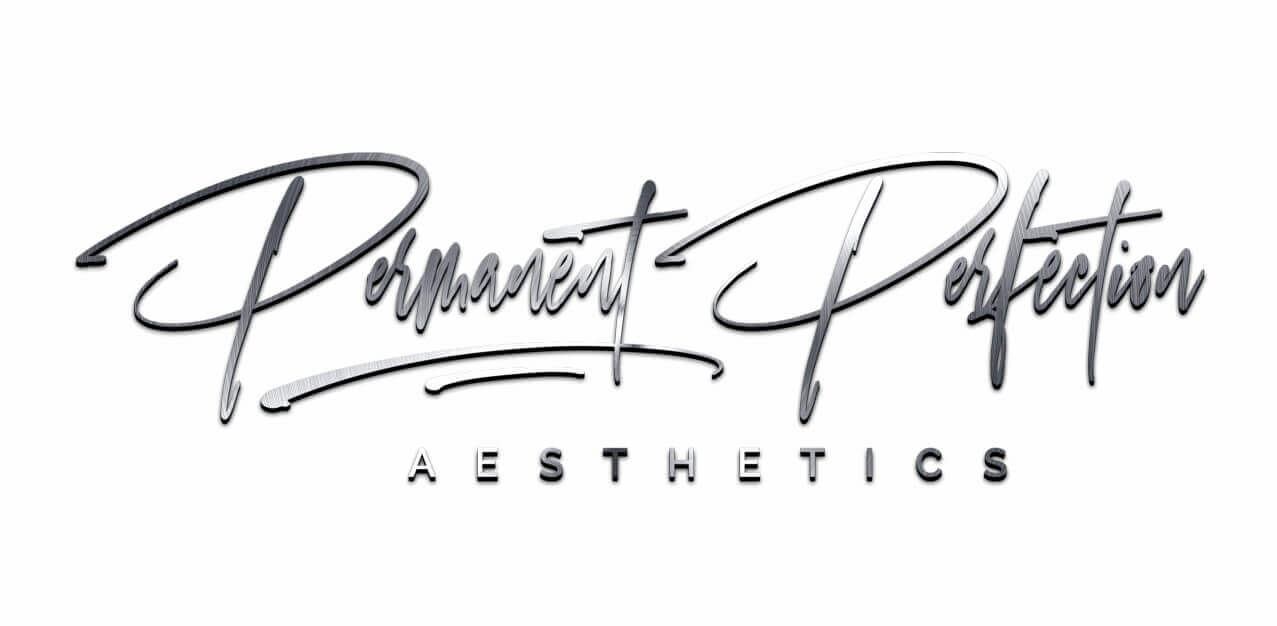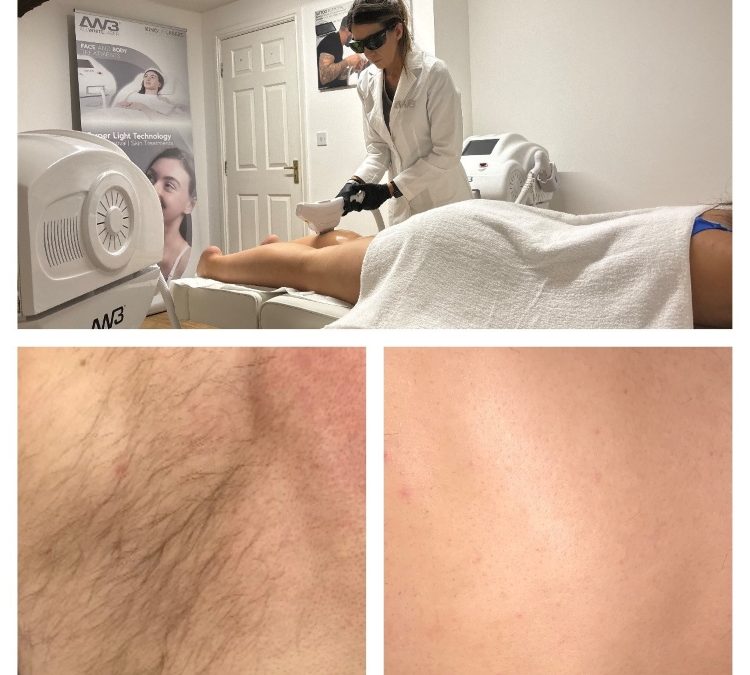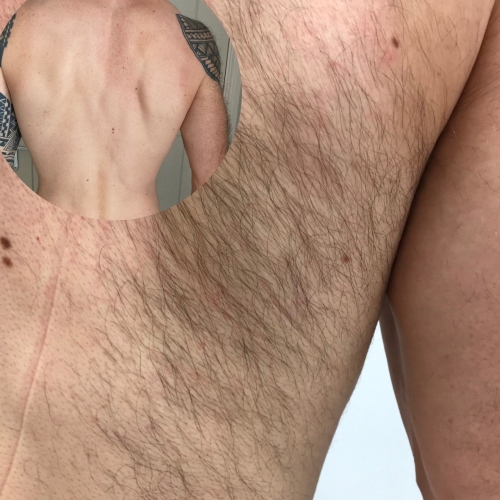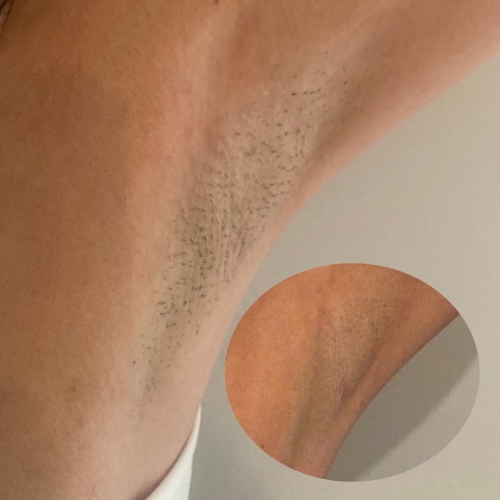Laser Hair Removal vs. Shaving: Exploring the Pros and Cons
Discover the key differences between laser hair removal and shaving and explore the pros and cons of each method. Find out which option is best for you in terms of effectiveness, cost, convenience, and long-term results.
Laser Hair Removal vs. Shaving: What is Laser Hair Removal?
LASER HAIR REMOVAL is a popular cosmetic procedure used to remove unwanted body hair. It is a non-invasive method that uses concentrated beams of light, or lasers, to target and destroy hair follicles, thus inhibiting future hair growth.
The procedure works by emitting a specific wavelength of light that is absorbed by the pigment (melanin) present in the hair follicles. The laser energy is converted into heat, which damages the follicles and prevents them from producing new hair.
Before the procedure, a trained professional will assess the individual’s skin type and hair color to determine the most suitable laser settings. The area to be treated is typically shaved before the procedure to ensure that the laser energy is focused on the hair follicles rather than the hair shafts.
During the treatment, the laser device is held against the skin, and short pulses of light are emitted. The sensation experienced during the procedure varies from person to person. Some individuals describing it as a slight tingling or snapping sensation. Others may feel a mild discomfort. To minimize any discomfort, cooling gels or devices may be used in conjunction with the laser.
It is important to note that laser hair removal is a gradual process that requires multiple sessions to achieve optimal results. This is because hair grows in cycles. The laser can only target hair follicles in the active growth phase. Multiple sessions, usually spaced several weeks apart, are necessary to target all the hair follicles at different stages of growth.
Laser hair removal can be performed on various parts of the body, including the face, arms, underarms, legs, bikini line, and back. It is a versatile procedure suitable for both men and women.
Benefits of laser hair removal include:
- Precision: The laser can selectively target dark, coarse hairs while leaving the surrounding skin undamaged.
- Efficiency: Each laser pulse can treat multiple hair follicles simultaneously, making the procedure quick and efficient.
- Long-lasting results: While laser hair removal does significantly reduce hair growth. Many individuals experience long-lasting or permanent hair reduction after completing the recommended sessions.
- Convenience: Laser hair removal offers a convenient alternative to traditional hair removal methods such as shaving, waxing, or plucking. It saves time and eliminates the need for frequent maintenance.
In summary, laser hair removal is a popular cosmetic procedure that uses laser technology to target and destroy hair follicles, resulting in reduced hair growth. It offers a convenient and long-lasting solution for individuals seeking to remove unwanted body hair.
What is Shaving?
Shaving is a common method of hair removal that involves using a razor or electric shaver to cut the hair at the surface of the skin. It is a temporary solution as the hair grows back relatively quickly. Here are some key points to consider about shaving for hair removal:
- Convenience and accessibility: Shaving is a convenient and easily accessible method of hair removal. Razors and shaving creams or gels are widely available in stores, and shaving can be done at home without the need for professional assistance.
- Speed: Shaving is a relatively quick process, especially for smaller areas of the body. It can be easily incorporated into your regular bathing or grooming routine.
- Temporary hair removal: Shaving only removes the hair at the surface of the skin, leaving the hair follicles intact. As a result, the hair grows back relatively quickly, usually within a few days to a week, depending on individual hair growth rates.
- Hair regrowth: When hair regrows after shaving, it may feel slightly stubbly or coarse due to the blunt cut. However, contrary to popular belief, shaving does not actually make the hair grow back thicker or darker.
- Potential for skin irritation: Shaving can sometimes cause skin irritation, especially if not done properly or with a dull blade. This may result in redness, razor burn, ingrown hairs, or itching. It is important to use a sharp, clean razor and to moisturize the skin properly after shaving.
As razor burn and ingrown hairs are unpleasant side effects of shaving for hair removal, Lets quickly look at them both in a bit more detail.
- Shaving can cause ingrown hairs due to a few factors. When you shave, the hair is cut at a sharp angle. This can make it easier for the hair to curl back into the skin instead of growing straight out. This can happen when the hair follicle becomes blocked. Or when the hair starts to grow and gets trapped beneath the surface of the skin.
- Additionally, shaving can cause the skin to become irritated and inflamed. This can lead to the formation of small bumps or pimples around the shaved area, known as razor bumps or pseudo folliculitis barbae. These bumps can also contribute to the development of ingrown hairs. Using a dull or old razor blade, shaving too closely to the skin, shaving against the direction of hair growth, or applying too much pressure while shaving can increase the likelihood of ingrown hairs.
- People with curly or coarse hair are also more prone to experiencing ingrown hairs after shaving.
- To reduce the risk of ingrown hairs, it is recommended to exfoliate the skin before shaving to remove dead skin cells, use a sharp and clean razor blade, shave in the direction of hair growth, and moisturize the skin after shaving.
- Not suitable for all body areas: Shaving is generally suitable for areas with accessible skin surfaces, such as the legs, underarms, and face (for men). However, it may not be recommended for certain sensitive areas or areas with uneven skin surfaces.
- Regular maintenance: Since shaving only provides temporary hair removal, it requires regular upkeep to maintain smooth skin. Depending on personal preferences and hair growth rates, shaving may need to be done every few days or weekly.
- The cost of shaving can mount up, considering that shaving is not permanent and that it is an endless cycle of shaving and buying more shaving equipment these costs significantly mount up over time.
A female specific razor, 8 cartridges and specialist shaving cream from a leading brand cost more than £44.00 currently.
That could equate to around £440 per year and approximately £22,375 over a lifetime.
That’s a huge amount of money indeed considering that shaving for hair removal is a temporary, revolving door solution.
Conclusion
Shaving is undoubtedly a quick and convenient method, however as highlighted in this post it does have its limitations. That is why in our professional opinion we believe Laser Hair Removal is the only viable for those looking for a long-term solution to unwanted hair.
For ANY LASER HAIR REMOVAL QUESTIONS please get in touch.




Recent Comments